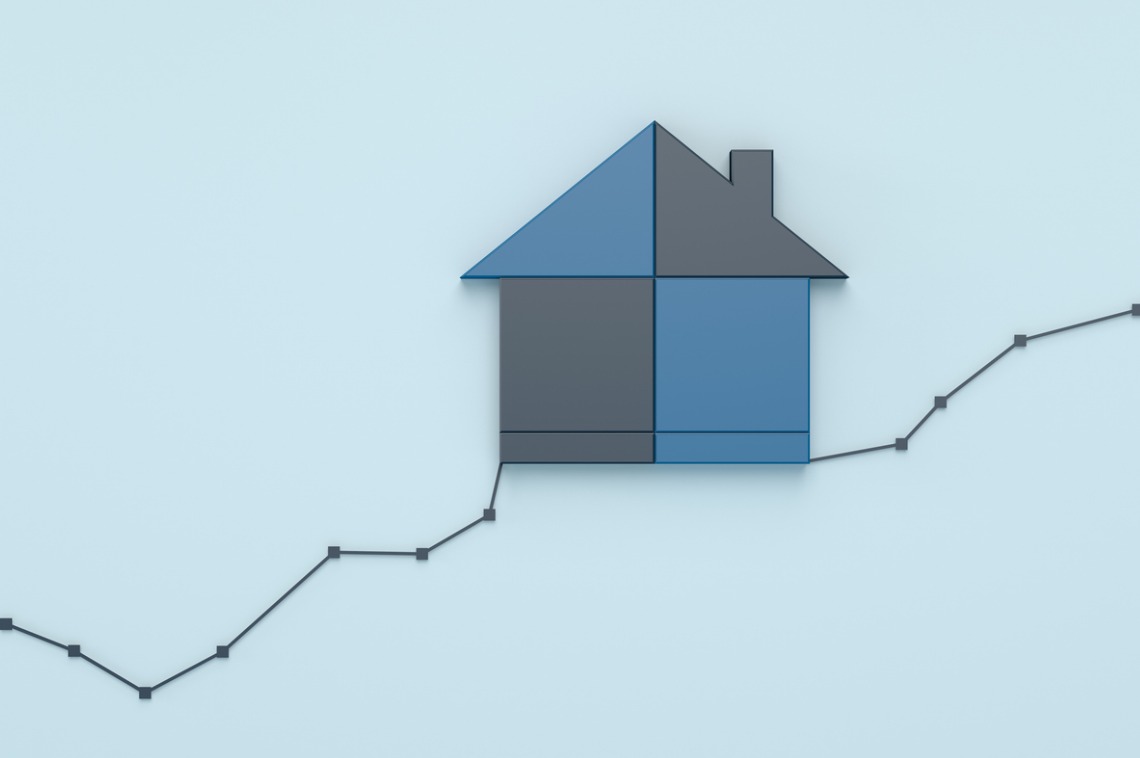Sales of existing housing inventory in the U.S. reversed course in July, posting an increase after four months of decline. This data comes courtesy of the National Association of REALTORS®’ (NAR) monthly update on existing-home sales.
The report showed that total existing-home sales—completed transactions that include single-family homes, townhomes, condominiums and co-ops—increased 1.3% from June to a seasonally adjusted annual rate of 3.95 million in July (compared to the 5.4% decline experienced from May to June). However, sales are still down 2.5% compared to the previous year.
Additionally, the median home price declined slightly, dropping from $426,900 in June to $422,600 in July. While median home prices had previously been rising month-to-month, the reversal in trends this month applies to both prices and sales. That said, the median home price was also up year-over-year (in July 2023, it was $405,600).
“Despite the modest gain, home sales are still sluggish,” said NAR Chief Economist Lawrence Yun. “But consumers are definitely seeing more choices, and affordability is improving due to lower interest rates.”
Indeed, listed properties—on average—remained on the market slightly longer in July (24 days) than they had in June (22 days) and a year prior in July 2023 (20 days). This is indicative of buyers feeling as though they have more choices and room to consider which property is right for them.
Looking forward, inventory at the end of July totaled 1.33 million units, up 0.8% from June. This level of inventory and the current pace of sales suggests that the market has four months worth of inventory left, which points to a seller’s market—although a fairly balanced one (more than five months would be a buyer’s market).
Realtor.com® Chief Economist Danielle Hale, had the following to say about how this balanced market compares to years prior:
“Even as Realtor.com data for the same period showed the number of homes on the market hit a five-year high—a significant milestone on the road to recovery—the number of homes for sale was 30% lower than in the 2017 to 2019 timeframe. Because home sales remain well below the 5.4 million annual rate that was the norm in those years, the housing market is more balanced than would otherwise be expected with such a sizable inventory deficit. In fact, the median sales price dipped from June’s seasonal peak to $422,600 and was up 4.2%, roughly on par with June’s 4.1% gain. Similarly, month’s supply was 4.0, joining June’s 4.1 for a second consecutive month to start with a 4.”
During the first week of August, mortgage rates experienced a noticeable drop (from hovering near 7% to dipping down around 6.5%), which carried over into the following week. With the Federal Reserve expected to cut interest rates at its September meeting, these lower rates could stabilize and give home sales a boost.
Regional breakdown
NAR’s existing-home sale updates count four major U.S. regions: the Northeast, the Midwest, the South and the West. All four regions posted sale/price results in July that were largely in line with national results–—improved sales month-over-month, with some year-over-year declines.
Existing-home sales in the Northeast were up 4.3% from June and 2.1% from July to an annual rate of 490,000. The median price in the Northeast was $505,100, up 8.3% from 2023.
In the Midwest, existing-home sales were unchanged in July and down 5.2% from the previous year at an annual rate of 920,000. The median price in the Midwest was $321,300, up 4.5% from July 2023.
Existing-home sales in the South increased 1.1% from June, but dropped 3.8% from July 2023, to an annual rate of 1.79 million in July. The median price in the South was $372,500, up 2.3% from one year earlier, but the South remains the most affordable of the four major regions.
In the West, existing-home sales rose by 1.4% compared to both last month and last year, for an annual rate of 750,000. The median price in the West was $629,500, up 3.4% from July 2023.
Speaking to variations across the U.S., Hale said: “We see variation across the country in housing activity. Inventory recovery in the South and West has helped soften relatively high asking prices in these regions. At the same time, affordable markets in the Northeast and Midwest continue to draw the attention of value-conscious home shoppers. In fact, this trend propelled Gahanna, Ohio—near the Columbus metro—to the top of the Realtor.com Hottest Zip Codes for the second year in a row.”
For the full report, click here.

